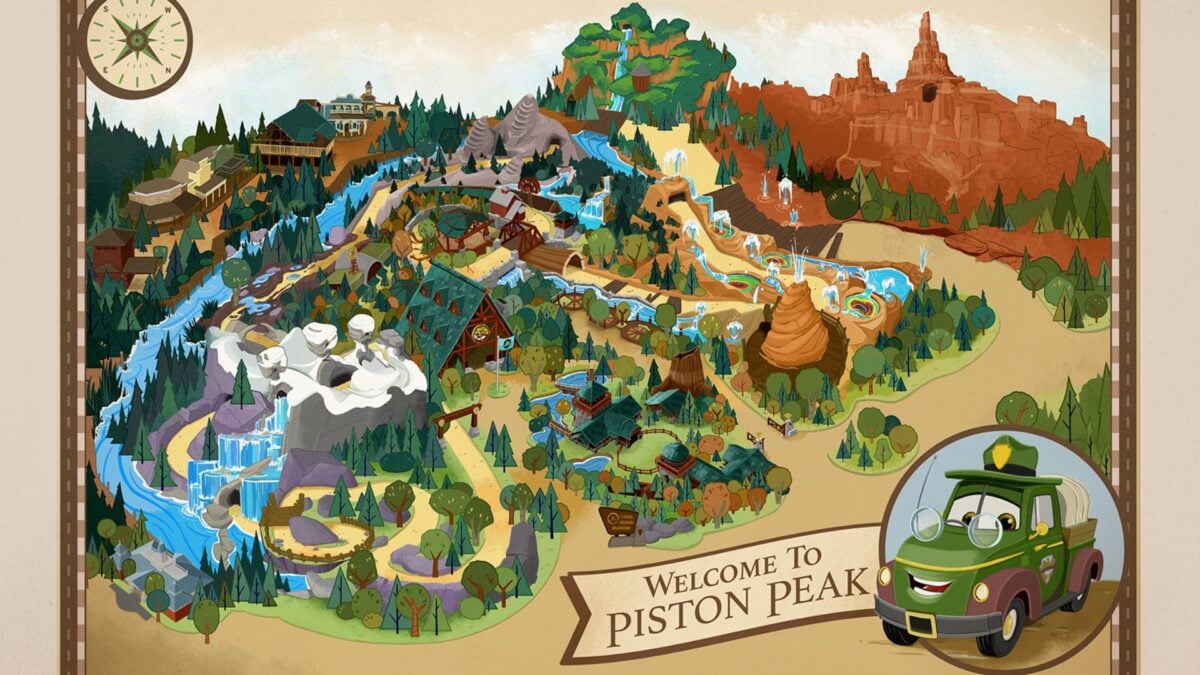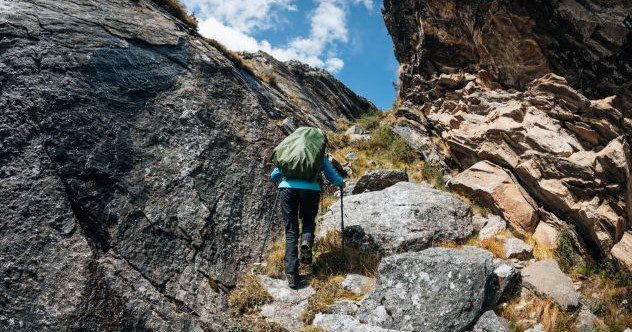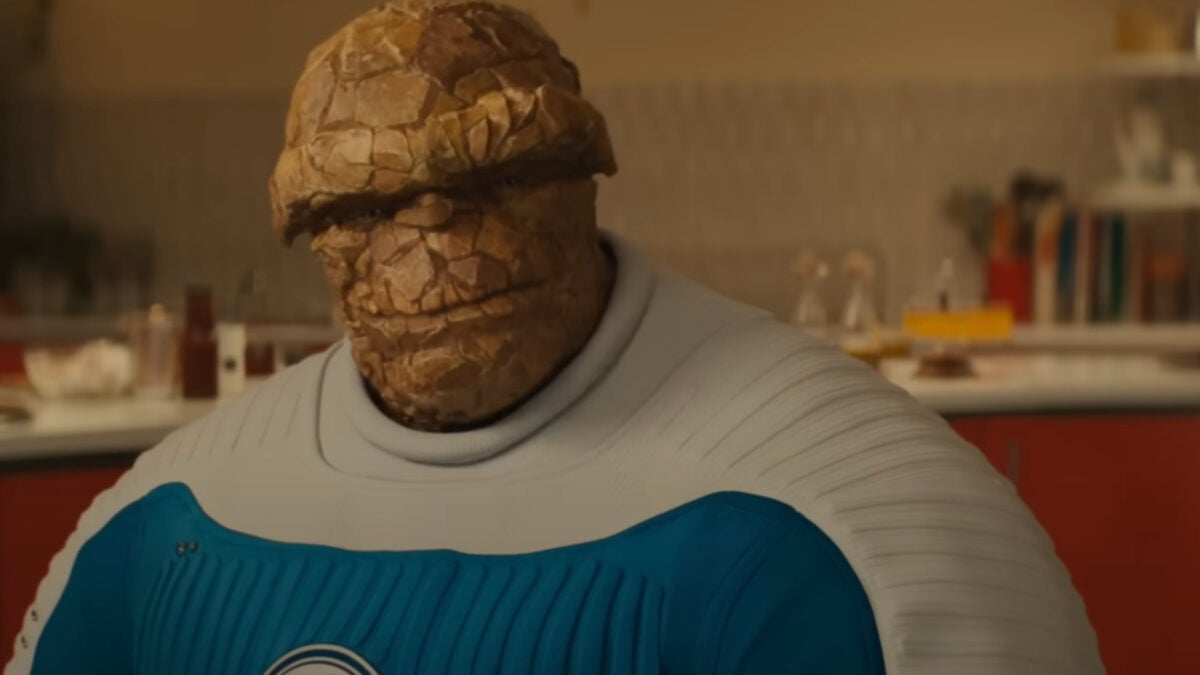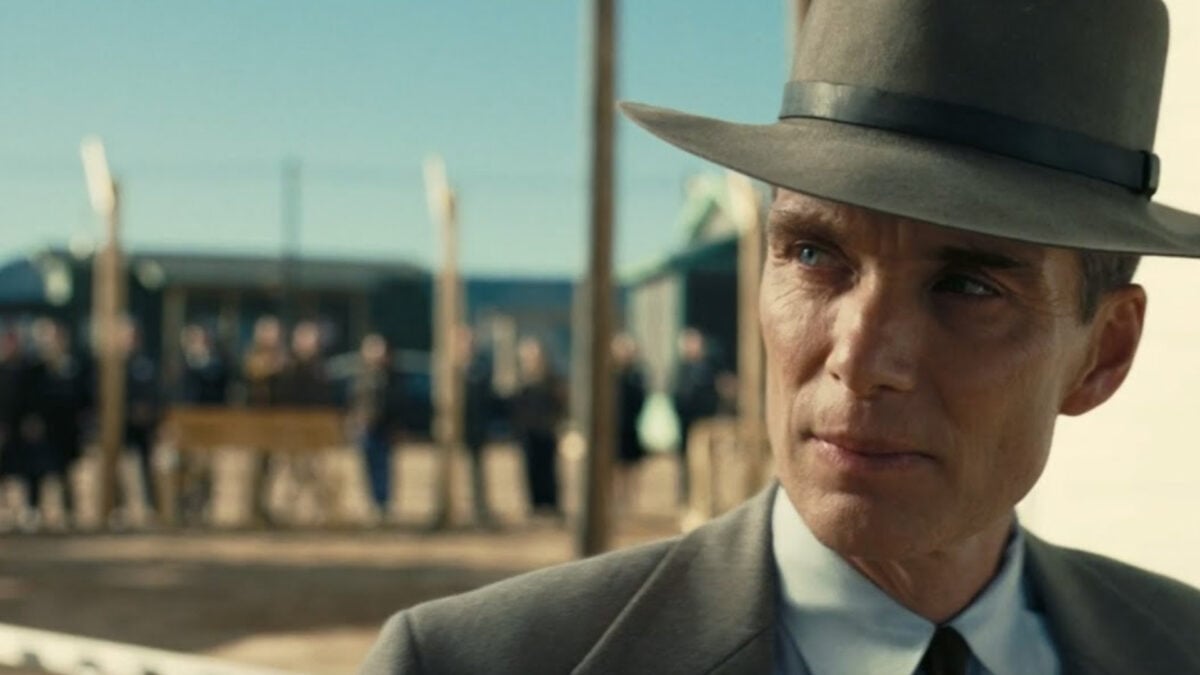While we typically perceive history as something we only read about in books, 2025 has already proven that history is happening right before our eyes. Despite economic, political, and social conflicts, this year has brought about incredible events and discoveries unlike anything the world has ever seen. Some leave us hopeful, others uneasy—but one thing is certain: These 10 groundbreaking and historical “firsts” are revolutionizing everything we thought we knew about religion, politics, space exploration, science, and medicine.
Related: 10 Groundbreaking Space Missions That Flew under the Radar
10 The First American Pope Is Elected
After the death of Pope Francis on April 21, 2025, the College of Cardinals gathered in Vatican City for a conclave to decide who his successor would be. On May 8, 2025, white smoke appeared from the Vatican’s Sistine Chapel, indicating a new leader in the papacy and a decision that signaled a major geographical shift for the Vatican.
For centuries, the leaders of the Roman Catholic Church were largely Italians. In fact, of the 267 popes elected, 217 have been from Italy. While there have been more international popes chosen within the last century, there has never been an American pope. However, all of that changed when Cardinal Robert Francis Prevost—a 69-year-old Chicago, Illinois, native who will be known as Pope Leo XIV—stepped out onto the balcony of St. Peter’s Basilica and greeted the crowd as pontiff, making him the first American pope in history.[1]
9 Infant Becomes First Patient to Undergo Gene-Editing Treatment
Kyle “KJ” Muldoon Jr. was born in August 2024 with carbamoyl phosphate synthetase 1 (CPS1) deficiency—a rare metabolic condition that causes a dangerous amount of ammonia to build up in the blood, destroying the liver and causing lifelong neurological damage. Unfortunately, the only efficient long-term treatment for the rare disease is a liver transplant, something KJ would not be a candidate for until his first birthday.
Thankfully, long before KJ was born, a team of doctors and researchers at the University of Pennsylvania had been looking to test a gene-editing treatment that had never been tried before. So, after hearing about KJ’s case, more than 45 scientists, doctors, and several biotechnology companies came together in a group effort to test and develop a treatment that would hopefully save his life. Time, however, was not on their side, and they needed to work fast!
Using CRISPR, the gene-editing tool that won its inventors a Nobel Prize in 2020, the team was not only able to find the disease-causing mutation in KJ’s genes, but they were also able to create a treatment that would flip a “letter” in his genetic code and correct it. The FDA agreed to make an exception from traditional testing requirements and allow researchers to try the treatment on an emergency basis. KJ’s parents, however, were left with a difficult choice: hope that KJ’s current medications would work until he was eligible for a liver transplant or gamble on something that had never been done before. Ultimately, they chose the CRISPR therapy.
On February 25, 2025, KJ received his first infusion of the experimental therapy and then monthly follow-up doses in March and April. The nine-and-a-half-month-old infant displayed no serious side effects and is now thriving and reaching developmental milestones. While it’s still too early to declare that KJ has been “cured,” his condition has partially reversed—something that might not have been possible without the first-ever gene-editing therapy tailored specifically to him.[2]
8 Turning Air into Fuel—Literally
What if the key to saving the planet from the escalating climate crisis wasn’t underground, but instead, it was hanging in the air that’s all around us? Seems too simple, right? Well, maybe it’s not. Inspired by the natural process of photosynthesis, a team of researchers from Cambridge University created a solar-powered direct air capture (DAC) reactor in February 2025.
Essentially, the reactor acts like a high-tech sponge, soaking up carbon dioxide from the air at night through specialized filters, and then using sunlight during the day to start a chemical reaction that converts it into syngas—a key ingredient used in producing fuels, chemicals, and pharmaceuticals.
However, carbon capture and storage (CCS) has already been recognized as a possible solution to the climate crisis, so what makes this reactor so special? Most CCS technologies rely on the burning of fossil fuels to power the carbon capture process, making them counterproductive. The reactor developed by Cambridge researchers, however, does not require cables, batteries, or fossil-fuel-based power. Instead, it runs entirely on sunlight!
Additionally, with current CCS methods, the carbon dioxide captured must be stored deep underground, which presents long-term safety concerns. By eliminating the need for carbon dioxide transportation and storage, the innovative DAC reactor offers something other technologies cannot—a dual solution of capturing harmful CO2 and creating clean energy in one process.[3]
7 The World’s First De-Extinction
The dire wolf wasn’t just the inspiration for the fearsome canine on HBO’s Game of Thrones, but a top predator that once roamed North America. Yet, through the hand of extinction, the hypercarnivore species died out approximately 10,000 to 13,000 years ago. However, on April 7, 2025, Colossal Biosciences, a Dallas, Texas-based biotech company, made a mind-blowing announcement—the dire wolf had been brought back from extinction into the 21st century. But how exactly was this even possible?
Using ancient DNA extracted from a 13,000-year-old tooth and a 72,000-year-old skull of dire wolf fossils, Colossal assembled two complete sets of genetic information. They then compared those genomes to that of the gray wolf, the dire wolf’s closest living relative, and genetically modified them to match the dire wolf’s distinctive characteristics. From there, the genetic material was transferred to an egg cell from a domestic dog, and the embryos were later implanted in surrogates. This process ultimately resulted in the successful birth of three modern dire wolf pups—two males named Romulus and Remus and one female named Khaleesi—although they are not exact replicas of their ancestors.
Naturally, there has been some skepticism and worry surrounding Colossal’s choice to genetically engineer the once-extinct species. The biotech firm, however, has tried to calm those fears by reassuring the public that the dire wolves would not be released into the wild. Instead, Romulus, Remus, and Khaleesi will live their lives on a 2,000-acre secure ecological preserve certified by the American Humane Society and registered with the U.S. Department of Agriculture. Apparently, Colossal seems to have forgotten what happened in Jurassic Park.[4]
6 Trump Makes a Grover Cleveland Comeback
Whether you love him or loathe him, Donald Trump made history in 2025 by becoming the first U.S. president since Grover Cleveland to serve non-consecutive terms. After being inaugurated as the 47th president on January 20, 2025, Trump also became the oldest commander-in-chief ever inaugurated at 78 and 220 days old, beating out his former rival Joe Biden, who was 78 and 61 days old when he took office in 2021.
However, in addition to taking Cleveland’s previous presidential title and being the oldest person ever elected, Trump is now also the first person convicted of a felony to win the office. Despite these controversial milestones, his second term marks a new political era—one that many say will be studied and debated for decades to come.[5]
5 The Moon Gets a Clean Landing—Finally!
Private companies have been trying to land on the moon for years, but more often than not, those attempts have resulted in failure. For example, in February 2024, a Houston, Texas company named Intuitive Machines attempted to land a commercially built spacecraft on the moon. While their lander, Odysseus, was the first U.S. spacecraft to land on the moon in more than 50 years, it ultimately failed to achieve a perfect landing. Unfortunately, the lander came in too fast and, instead of landing upright, the 14-foot spacecraft came down on its side.
However, in March 2025, a company called Firefly Aerospace made a significant first and finally nailed what Intuitive Machines had attempted nearly a year earlier. Their Blue Ghost Mission 1—tasked with delivering payloads, collecting lunar samples, and collecting images for NASA—was launched into space on January 15, 2025. The spacecraft successfully landed at Mare Crisium at 3:34 a.m. on March 2, 2025, without any technical hiccups, making Firefly Aerospace the first private company to make a perfect landing on the moon. Perhaps the private sector is ready to conquer lunar business and further space exploration after all.[6]
4 The Most Elusive Ocean Animal Captured on Video
Colossal squid are estimated to grow up to 23 feet (7 meters) in length and tip the scales at 1,100 pounds, making them the heaviest invertebrate on the planet. However, aside from the discovery of remains found in the stomachs of predators, little has been understood about these deep-sea squid since their initial discovery in 1925. But how exactly has a sea creature that massive become so elusive?
These remarkable cephalopods inhabit some of the most inaccessible regions on the planet, approximately 1,640 to 6,560 feet (500 to 2,000 meters) below the ocean’s surface. The combination of immense pressure, frigid temperatures, and complete darkness creates a hostile environment that is difficult to explore even with the most advanced technology. Additionally, the squid’s massive eyes—which are wider than soccer balls—are incredibly sensitive to light, causing them to avoid research equipment.
However, in a serendipitous moment, 100 years after the squid’s formal discovery, the elusive creature has finally been filmed alive for the very first time! The historic footage was captured on March 9, 2025, from an underwater robot deployed by the Schmidt Ocean Institute during an expedition near the South Sandwich Islands in the South Atlantic Ocean. The squid filmed was a juvenile, measuring about one foot in length at a depth of 1,968 feet (600 Meters). The discovery has left marine biologists worldwide buzzing with excitement as this historic find will open numerous avenues for research that were previously impossible.[7]
3 Parkinson’s Research Reaches Incredible New Depths
Parkinson’s disease is the fastest-growing neurodegenerative condition in the world. It affects more than 10 million people globally, and unfortunately, there is no cure. However, a recent medical breakthrough may change all that.
On March 13, 2025, a study was published in Science, revealing how a team of scientists at Walter and Eliza Hall Institute of Medical Research (WEIH) in Australia were able to use cryo-electron microscopy and mass spectrometry to see how PINK1 binds to the mitochondria. Why does that matter? Mutations in PINK1—a protein called PTEN-induced putative kinase 1—trigger early-onset Parkinson’s. Despite the fact that experts have known for decades that this protein is linked directly to Parkinson’s, no one has ever seen how PINK1 attaches to the surface of the damaged mitochondria inside cells or how it is activated. That is, until now.
Thanks to this discovery, researchers are able to better understand the four distinct steps in which PINK1 interacts with faulty mitochondria. By understanding how the mutation switches on, they can then use this information to find a way to switch it off—something that could not only slow the disease’s progression but also pave the way for new treatments to stop Parkinson’s in its tracks.[8]
2 Oxygen Discovered in the Most Distant Galaxy
One of the most surprising discoveries made by the James Webb Space Telescope was finding a vast, luminous distant galaxy named JADES-GS-z14-0 in January 2024. The galaxy’s record-breaking distance of 13.4 billion light-years away made it the most distant galaxy ever observed. It was so far away, in fact, that we see the galaxy as it was when the universe was less than 300 million years old—about 2% of its current age. While this discovery challenged the understanding of galactic evolution, a second study of the galaxy published in Astronomy and Astrophysics on April 8, 2025, challenged our previous understanding even further.
When astronomers used the Atacama Large Millimeter/submillimeter Array (ALMA) telescope in Chile’s Atacama Desert, they were stunned to find the presence of oxygen and heavy metals. You see, galaxies usually start their lives full of young stars made mostly of light elements such as hydrogen and helium. As those stars evolve, they create heavier elements like oxygen, which are then dispersed through the galaxy after they explode in supernova events.
JADES-GS-z14-0, however, has 10 times more heavy elements than expected. This suggests that the galaxy had potentially been forming stars for 100 million years before it was ever observed, indicating galaxies grew and evolved much more quickly than scientists previously thought.[9]
1 President Trump Pardons a Corporation
While presidential pardons have freed mob bosses, whistleblowers, and political allies, 2025 brought about a different type of clemency—a presidential pardon for a corporation. On March 28, 2025, President Trump issued full and unconditional pardons to HDR Global Trading—the owner and operator of cryptocurrency exchange BitMEX—along with three of the company’s co-founders and one of its employees.
On January 15, 2025, BitMEX was criminally fined $100 million on top of $130 million in civil penalties imposed by the court because the company violated the Bank Secrecy Act by operating without a legitimate anti-money laundering program. The highly controversial pardon sparked intense political debate and raised major questions about the ethical and legal implications of granting clemency to a for-profit corporate entity.[10]











